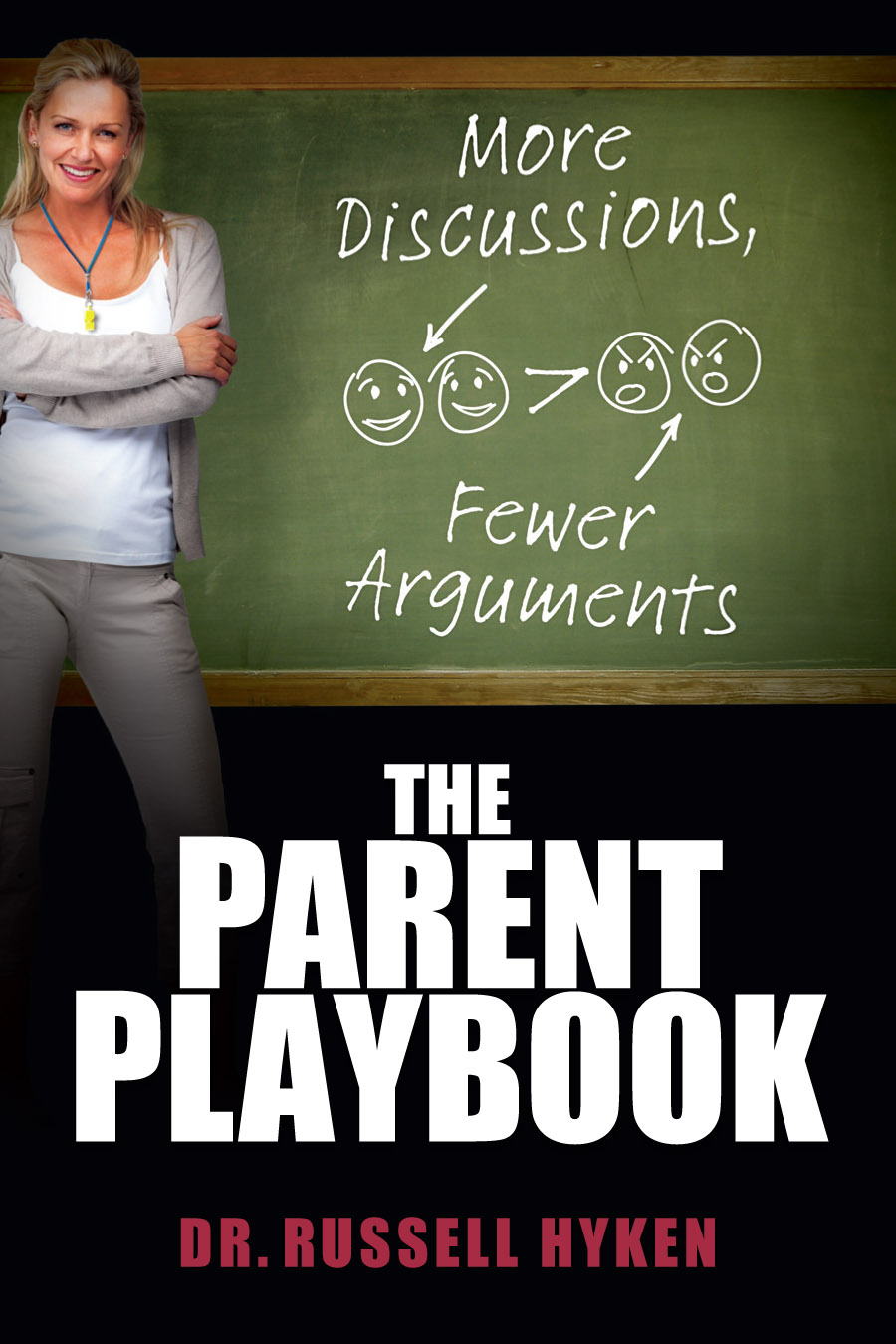Asperger’s and Autism
How will including Asperger’s students under the Autism label impact the educational system.
First let’s take a look at the definitions of these terms. Individuals with Asperger’s meet the current Diagnostic and Statistical Manual of Mental Disorders (DSM) criteria if they display impairments in social interaction and demonstrate restricted repetitive patterns of behavior (obsessive interests) without having any clinically significant delays in language acquisition skills and cognitive development.
Individuals with Autism meet the current DSM criteria if they display impairments in social interaction and communication particularly in the area of development, conversational ability, and language spontaneity. Additionally, there are functional delays with social interaction, language use, and/or imaginative play.
When reviewing the definitions, it is easy to understand how these disorders fall on the same spectrum as both involve communication concerns. Asperger’s individuals, however, do not have delays in language acquisition or cognitive impairments. Yes, they have special needs, but they are distinctly different from Autistic students.
Due to their cognitive development, Asperger’s students frequently display only minimal if any issues with the learning process and can be mainstreamed into general education classes more easily than students on the other side of the spectrum. Asperger’s students can actually be taught how to function and behave in a classroom as their deficits are social in nature. Autistic children, on the other hand, sometimes need to be educated outside the traditional classroom environment due to a different set of classroom needs that include more supervision and individualized educational attention.
By placing Asperger’s students in the Autism spectrum, it may be difficult to adequately meet the needs of both sets of students because they require different types of attention. From an educational perspective, the typical Asperger’s student needs assistance with social skills and in many instances this is as straightforward as providing individual social skills coaching and social skills groups. Autistic students typically need a much more structured environment and teachers that have a deep knowledge and understanding of students with communication and sensory deficits—special education teachers.
If all teachers could be educated about the needs of all of the individuals they teach, then there would be no need to label students. However, this is an unrealistic possibility. Teachers rely on labels to understand the needs of individuals because this is an efficient and appropriate methodology for delivering student profiles. Grouping Autistic and Asperger’s students in the same category could confuse educational professionals.
On the other hand, many Asperger’s students do not receive the assistance they need because the can function relatively well in school and make good grades. These “quirky” kids may not be getting appropriate services because they are passing their classes. Grouping these students together could provide assistance to an underserved group.
No matter what side of the spectrum of this debate you are on, one very positive things is happening in regards to this population—people are talking. Through conversation, news shows, and faculty room banter, awareness of Autism and Asperger’s has grown because of the DSM proposal to place Asperger’s individuals in the Autism category is stimulating conversation.
It would be great to hear your opinion.

